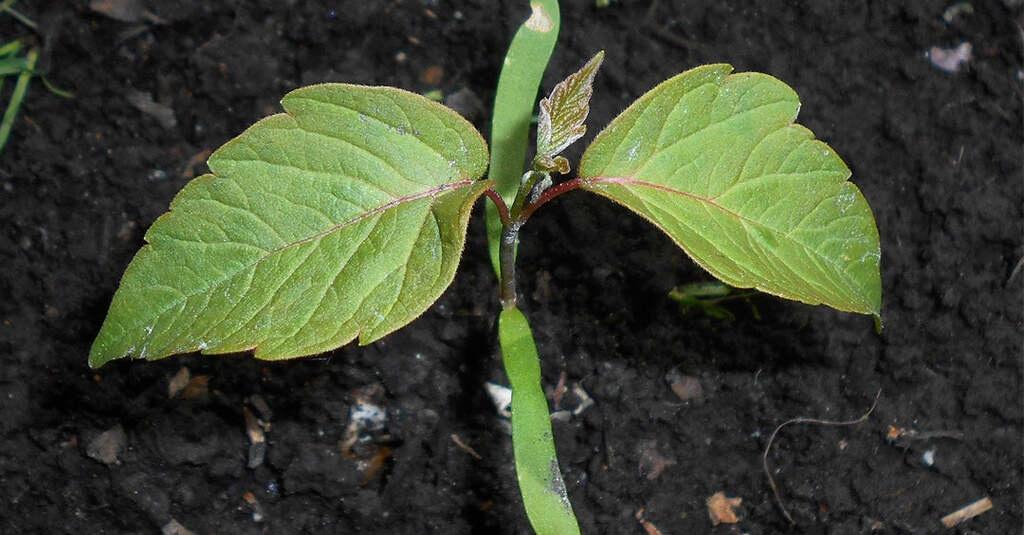Are you curious to know what is is bhangar? You have come to the right place as I am going to tell you everything about is bhangar in a very simple explanation. Without further discussion let’s begin to know what is is bhangar?
In the intricate landscape of geography, the terms “Bhangar” and “Khadar” hold significant importance, representing distinct geological formations. In this comprehensive guide, we will focus on Bhangar, exploring its definition, characteristics, and its relation to Khadar. Let’s embark on a journey to understand the geological intricacies that shape our terrain.
What Is Bhangar?
Bhangar is a geological term referring to the older alluvial soil deposits found on the riverbanks. These deposits are characterized by their elevated position and are generally older than the floodplains. Understanding Bhangar involves delving into its composition, formation, and the role it plays in shaping the geographical features of a region.
What Is Bhangar In Geography?
In the realm of geography, Bhangar is a key component when studying fluvial landforms and the evolution of riverine landscapes. Its distinct characteristics make it a significant element in understanding the geological history and processes that have shaped the earth’s surface over time.
Formation Of Bhangar
The formation of Bhangar involves a series of geological processes, including weathering and erosion of rocks in the upper reaches of river basins. The transported sediments settle and accumulate over time, creating elevated landforms that become Bhangar.
What Is Bhangar Class 9?
For students in the ninth grade, learning about Bhangar is often part of the geography curriculum. It involves understanding the basics of geological formations, river systems, and the role of alluvial deposits in shaping the earth’s surface.
What Is Bhangar Class 10?
In the tenth-grade curriculum, students delve deeper into the processes that lead to the formation of Bhangar. The study may include the impact of climatic conditions, the role of rivers, and the overall significance of these landforms in regional geography.
What Is Bhangar Short Answer?
In a concise response, Bhangar can be defined as the older alluvial deposits found on riverbanks, characterized by their elevated position and geological significance in understanding the history of a region.
Difference Between Bhangar And Khadar
Understanding the difference between Bhangar and Khadar is crucial in grasping the diverse aspects of fluvial geomorphology. While Bhangar represents older alluvial deposits, Khadar refers to the newer, more fertile floodplain deposits formed during the annual flooding of rivers.
What Is Bhangar And Khadar Class 9?
In the ninth-grade geography class, students are introduced to the concepts of Bhangar and Khadar. Exploring the differences and similarities between these formations lays the foundation for a more nuanced understanding of riverine landscapes.
The Role Of Bhangar In Regional Geography
- Topographical Features: Bhangar contributes to the creation of elevated terrains along riverbanks, influencing the overall topography of a region.
- Agricultural Significance: The composition of Bhangar soil, often richer in minerals, makes it conducive to agriculture. Many regions with Bhangar deposits are known for their fertile lands.
- Geological Heritage: Bhangar serves as a geological record, preserving information about past climatic conditions, river dynamics, and the evolution of landscapes.
Conclusion
In conclusion, Bhangar stands as a testament to the dynamic forces that shape our geographical features. Its significance in understanding the earth’s history, providing fertile lands for agriculture, and contributing to the diverse topography of regions makes it a key element in the intricate tapestry of geography. Delving into the details of Bhangar not only enriches our understanding of geological processes but also connects us to the profound forces that have shaped our planet over centuries.
FAQ
What Is The Bangar?
Bangar is a less fertile soil and it is an old alluvial soil. Bangar areas are less prone to flooding but are usually more sandy and less fertile as well. They consist of a higher concentration of kankar nodules. They are slightly elevated terraces. That’s why these areas are less fertile.
Which Is Called Bhangar?
Old alluvial soil is known as Bhangar and is full of Kankars (lime nodules). The Bhangar is the older alluvium along the river beds forming terraces higher than the floodplain. Bhangar contains fossils of animals like rhinoceros, hippopotamus, elephants, etc. This type of soil is found in mountainous regions.
What Is Bhangar Class 9 Short Answer?
Bhangar is old alluvial soil. Khadar is new alluvial soil. Bhanger soil is found away from the river. Khadar is found near the river basin.
What Is Khadar And Bhangar?
Bhangar soils are less fertile as they are above flood level whereas Khadar soils are more fertile as they are below the flood level. Bhanger is full of kankers (lime nodules) while khadar soil is composed of fine silt and clay. It is fertile land as it contains alluvial soil deposited by rivers.
I Have Covered All The Following Queries And Topics In The Above Article
What Is Khadar
What Is Bhangar Class 9
What Is Bhangar Class 10
What Is Bhangar And Khadar
What Is Bhangar In Geography
What Is Bhangar Short Answer
What Is Bhangar And Khadar Class 9
Difference Between Bhangar And Khadar
What Is Bhangar



